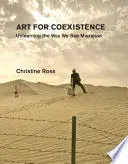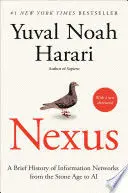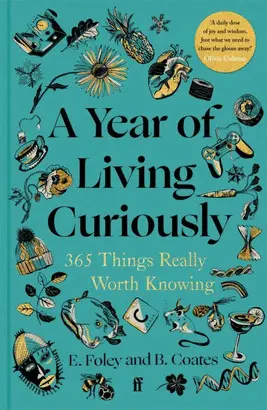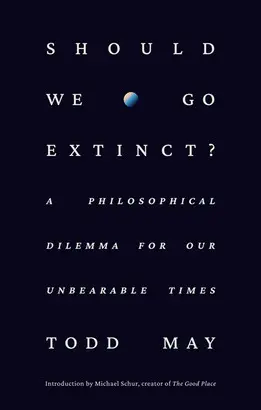u003cbu003eAn exploration of how contemporary art reframes and humanizes migration, calling for coexistence—the recognition of the interdependence of beings.u003c/bu003eu003cbru003eu003cbru003eIn u003ciu003eArt for Coexistenceu003c/iu003e, art historian Christine Ross examines contemporary art's response to migration, showing that art invites us to abandon our preconceptions about the current "crisis"—to unlearn them—and to see migration more critically, more disobediently. We (viewers in Europe and North America) must come to see migration in terms of coexistence: the interdependence of beings. The artworks explored by Ross reveal, contest, rethink, delink, and relink more reciprocally the interdependencies shaping migration today—connecting citizens-on-the-move from some of the poorest countries and acknowledged citizens of some of the wealthiest countries and democracies worldwide. u003cbru003e u003cbru003eThese installations, videos, virtual reality works, webcasts, sculptures, graffiti, paintings, photographs, and a rescue boat, by artists including Banksy, Ai Weiwei, Alejandro González Iñárritu, Laura Waddington, Tania Bruguera, and others, demonstrate art's power to mediate experiences of migration. Ross argues that art invents a set of interconnected calls for more mutual forms of coexistence: to historicize, to become responsible, to empathize, and to story-tell. Art history, Ross tells us, must discard the legacy of imperialist museology—which dissocializes, dehistoricizes, and depoliticizes art. It must reinvent itself, engaging with political philosophy, postcolonial, decolonial, Black, and Indigenous studies, and critical refugee and migrant studies.u003cbru003e




![SAPIENS [TENTH ANNIVERSARY ED]](https://tienda.sophosenlinea.com/imagenes/9780063/978006342200.webp)



